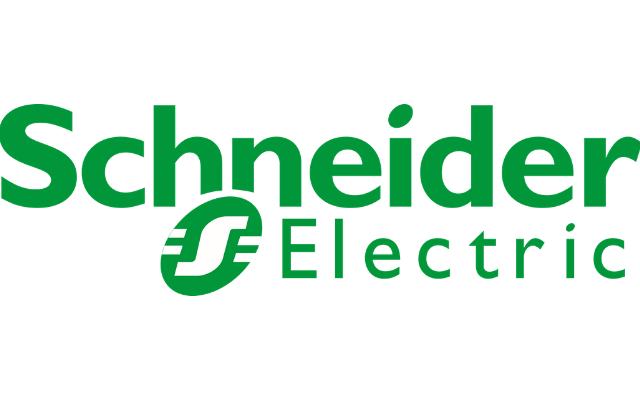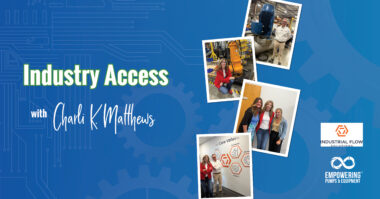Authors: John Conway and Jack Creamer, Schneider Electric
This is Part 8 of a series. Read Part 7.
Evolving instrument communications in the IIoT age
Control and data recording instrumentation
Over the past 15 years, quality requirements in regulated industries started to evolve and influence the direction of instrumentation design and application. Digital data needed to be captured in a secure format and an evolution of accuracy specifications required better levels of repeatable process control. This affected the Aerospace and Automotive industries, Pharmaceutical and Biotech industries (driven by the FDA) and now is starting to impact the Food & Beverage industry through the Food Safety Modernization Act (FSMA).
Both early recording devices and more advanced devices that incorporated web servers and Ethernet provided a full view of the instrument screen at any PC on the plant network. In addition, security features were added to recording instruments to provide security management and audit trail functionality. These smart recorders evolved into miniproductivity stations enabling key information for thermocouple use, calibration tests and machine maintenance to be scheduled directly on the device.
Quality standards dictated that direct communication links be established between the control device and the recording instrument to eliminate errors created by conventional retransmission methods. Ethernet-based Modbus TCP was used for device-to-device communications to accurately transfer the control data to the process record.
For many years, instrument manufacturers have adopted the DIN standard for panel mounted instruments, with standardized panel cut-out dimensions for controllers, recorders, and other boxed mechanical devices. Devices since introduced that incorporated multi-loop control, secure data-recording, integrated Ethernet and built-in web servers can now be seen as one of the first range of IIoT mini-stations providing a necessary cost effective link between sensors and the internet.
Current developments on this type of smart device will enable widespread use in both regulated and non-regulated industries. Such a solution provides a cost-effective means for generating advanced calculations (including Overall Equipment Effectiveness) as well as a secure data link to the internet.
Power devices
Silicon controlled rectifier (SCR) power controllers (or thyristors) were developed to provide a precise method of electrical switching in the control of power circuits. They were also designed to overcome the limitations and lifetime issues of mechanical contactors. The SCR technology is now being used to take an isolated controller and provide a system approach to managed power demand.
A number of SCR devices will fire randomly at what could be many times per second. If the units fire at the same time, then the load demand increases. By using power sequencing across an Ethernet backbone to enable automated load balancing and load shedding techniques it is possible to order the firing pattern and reduce the ultimate peak load demand. These smart connected devices can be used for single or multi-zoned equipment and also can be leveraged across multi-equipment cells. Communicating on an Ethernet backbone allows for future possibilities in automating the links between a utility supplier and the plant floor so that efficient power demand scheduling can benefit both parties.
Workflows
Instrument-to- instrument communication has been a feature of IIoT development over the past 10 years. It is recognized that to increase the value attributed to automation projects, the links between the equipment, operator and supply and delivery chain need to be developed. Workflow type applications are leading the charge in this area. Below are some examples:
- Production applications that embed regulatory IP into workflow solutions provide a link between machines and decision makers in real-time. This ensures regulatory requirements are constantly being achieved and that auto-alerts are raised for any standards breach.
- Dairy applications that link to their remote supply chain using cloud technology and regulatory parameters provide a control and data process to address all points in the supply chain from cow to table.
- Calibration applications that facilitate easy regular equipment calibration checks. This is a key requirement for many regulated industries. This can now be achieved with the introduction of online services using cloud storage of calibration records. Inputs include tablet entry and a link to secure files through QR codes from the instrument label (using a Smartphone/tablet QR reader).
Read Part 9: Driving business value for process control industries through smart connected assets (coming next week!)
About the Authors:
John Conway is Schneider Electric’s VP for Strategy & Partnerships. In this capacity, he is responsible for strategic intelligence, strategic planning and merger & acquisition activities for the Industry Business Unit. During his 17 years with the company, he has held a variety of roles, starting out as director of microelectronics key accounts. He then moved into the creation and deployment of automation solution centers in Asia and Eastern Europe before running the Advanced Services and Mergers & Acquisitions activities for Industry. Prior to joining Schneider Electric, John held sales and engineering management positions within the automation divisions of Siemens and Texas Instruments. John has a Bachelor of Science in Mechanical Engineering and a Master of Science in the Design of Machine Systems. He is currently based at Schneider Electric’s Horizon office in Carros, France.
Jack Creamer is Schneider Electric Segment Marketing Manager – Pumping Equipment, based in the United States. Mr. Creamer has more than 30 years in the Electrical Industry, and has been involved for 10 years in the Pumping Industry. He is involved in key industry organizations such as the Hydraulic Institute and Submersible Wastewater Pump Association, where he holds both Committee Chair and Board level positions. In his time in the Pump industry, he has help Schneider create numerous solutions that both enhance pumping efficiency and address issues such as maintenance and downtime.




